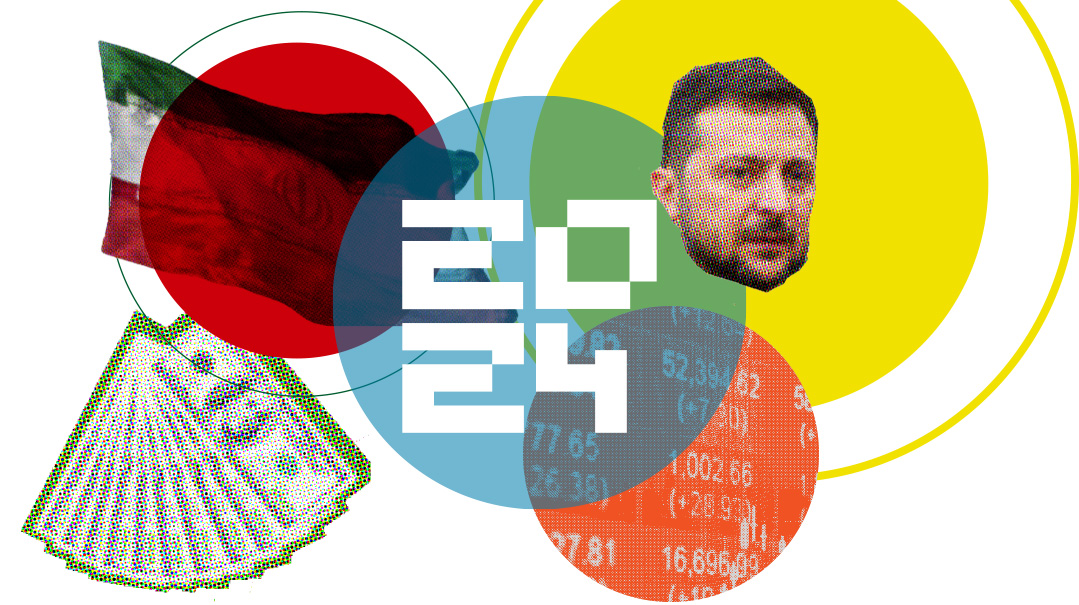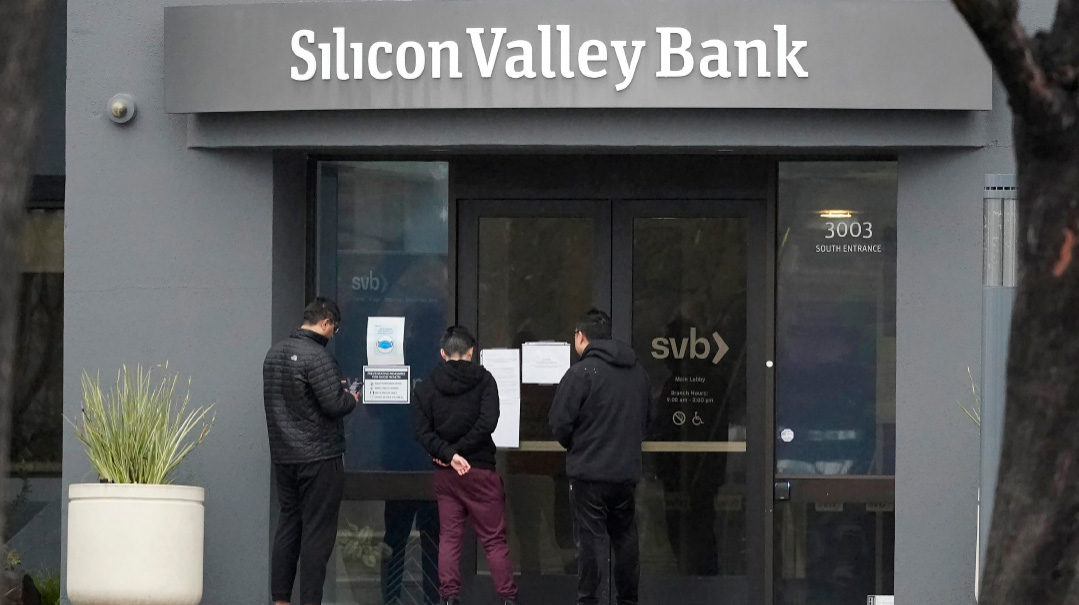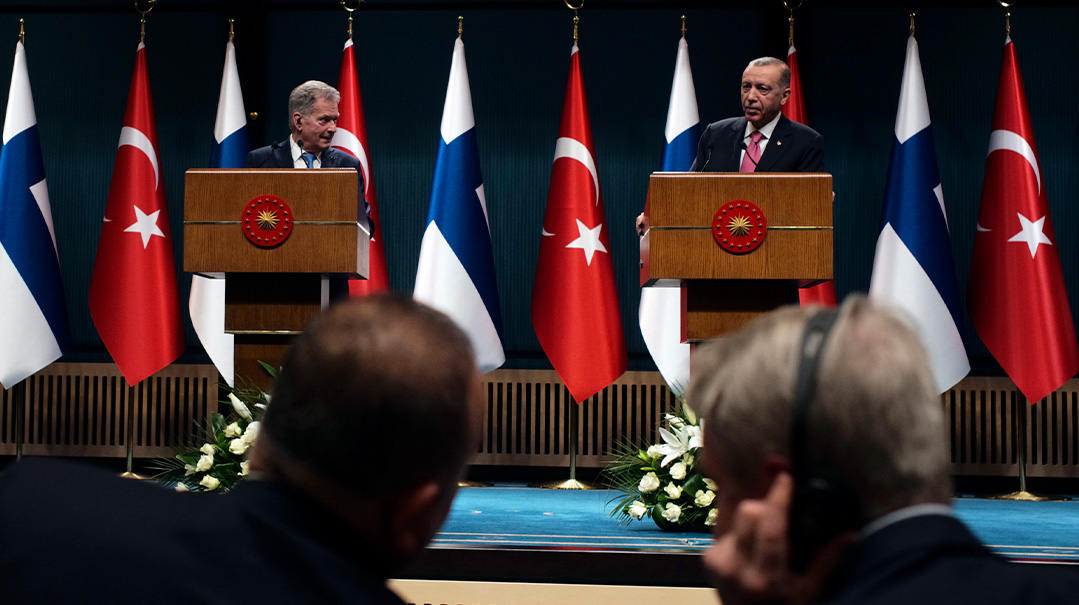Push and Pull in the Democratic Camp
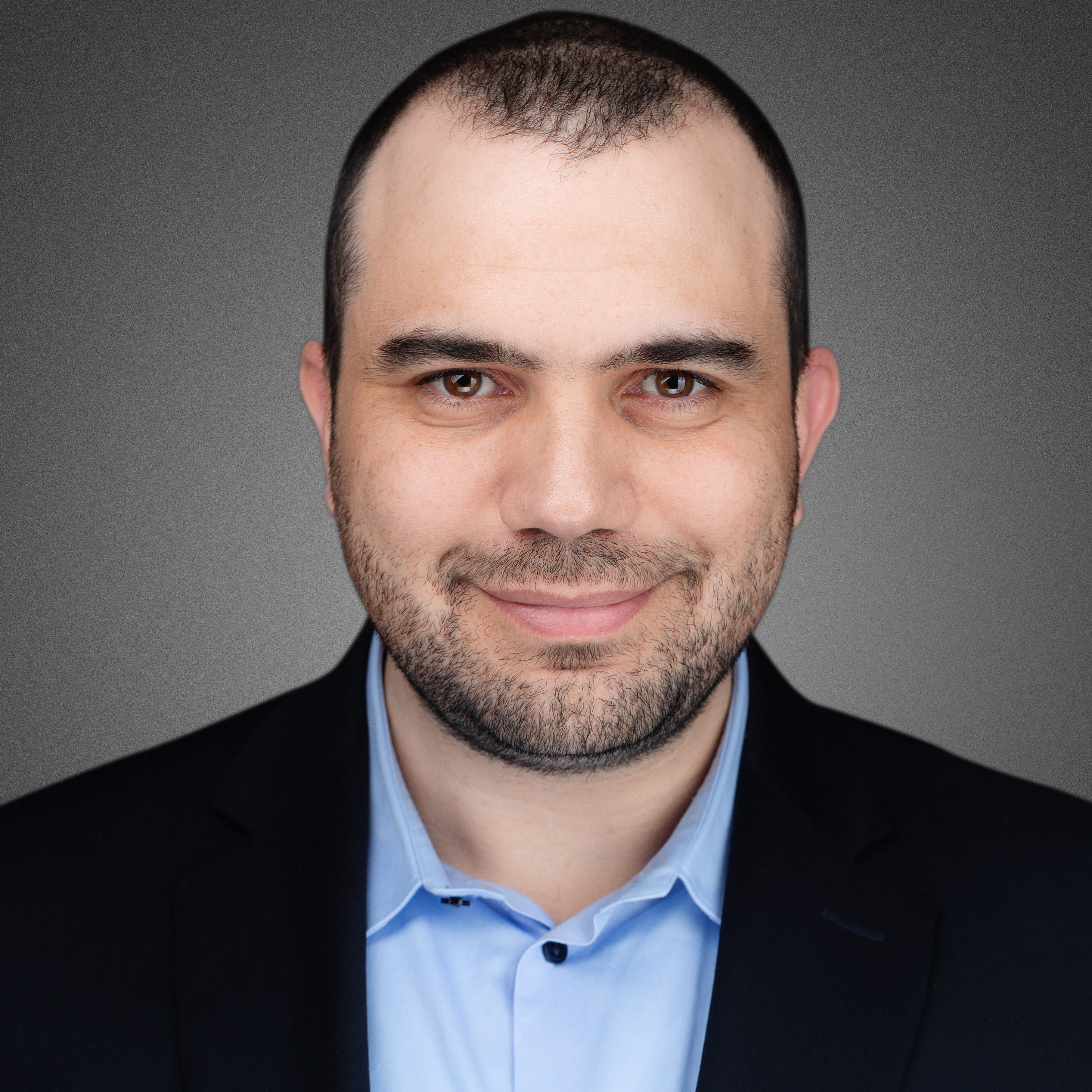
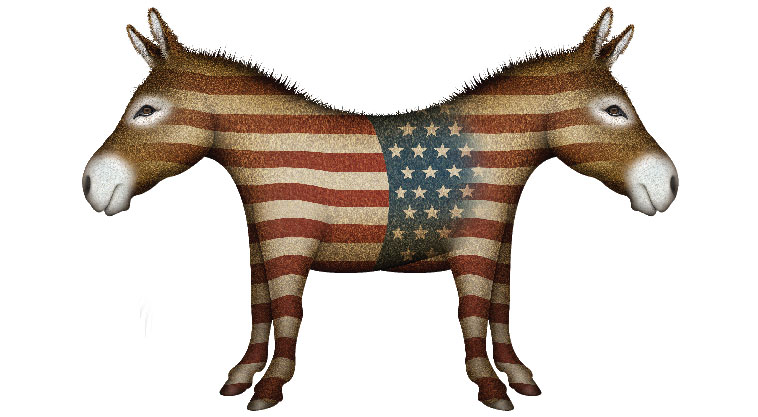
After all the hand-wringing, after all the endless prognostications and predictions, the midterm elections are (thankfully) over. Unlike in 2016, the results were generally as advertised: The Democrats took control of the US House of Representatives and the Republicans held on to the Senate. In the near term, the results mean Democrats will now drive the agenda in the House — and likely investigations into President Trump will follow. In the long term, changes in voting patterns may give us a clue about which Democratic candidates will challenge Trump in 2020.
But first, the details.
The midterm elections results exposed the Democratic Party’s split personality. On the one hand it is a party of progressives, as indicated by the election of Michigan’s Rashida Tlaib and Minnesota’s Ilhan Omar of Minnesota, the first two Muslim women elected to Congress. Tlaib, the daughter of Palestinians from Ramallah and Beit Hanina, supports the Boycott, Divest, Sanction (BDS) movement and believes that America should cease all defense aid to Israel. Omar, who campaigned wearing a hijab, has called Israel an “apartheid regime” and tweeted in 2012 that the Jewish state has “hypnotized the world, may Allah awaken the people and help them see the evil doings of Israel.”
These women are in many ways products of the progressive wave that has been washing over the Democratic Party since Bernie Sanders entered the 2016 Democratic primaries, so it’s hard to say their radical views come as a complete shock. An analysis of the results, however, shows that many of the winning progressive candidates didn’t flip Republican states; rather, they won in districts that were already left of center. While Senate candidate Beto O’Rourke came close to toppling Sen. Ted Cruz in Texas and gubernatorial hopefuls Andrew Gillum and Stacy Abrams made nice showings in Florida and Georgia, all three failed on election day. According to one scorecard, progressive Democrats were 0-9.
Those Democrats who did succeed were the moderates, candidates like John Tester, the senator from Montana, who won a third term highlighting his ability to work with President Trump. (Tester’s victory is doubly painful for the president, who won Montana by a 20 percent margin in 2016 and made several personal appearances in support of the Republican candidate, Matt Rosendale.) Likewise, New Mexico’s new governor, Lujan Grisham, is a moderate Democrat who promised to work across party lines.
How this push-and-pull between moderates and progressives will resolve itself within the party is anyone’s guess, but for now we can say that progressive candidates added energy to the base and may define the party’s future. At the same time, moderates are still more electable. With that in mind, let’s take a look at some of the Democratic contenders for the White House in 2020.
The Contenders
Joe Biden Biden has a lot going for him: he’s experienced, well known, and considered a moderate Democrat with foreign policy experience. His advanced age may be a turnoff to some voters, however.
Bernie Sanders Sanders’s brand of progressive politics is becoming a norm in the party, and voters might want to give him another chance. Still, at age 77, the Vermont senator may have run his last campaign.
Elizabeth Warren Two years ago, the popular Massachusetts senator was considered an even better version of Hilary Clinton: younger, more energetic, more progressive, and unafraid to take on Trump. Since then, she’s been tarnished by revelations that her Native American ancestry is minimal — contrary to prior claims. If she does run, Trump will play up this “fake news” for all its worth.
Corey Booker The 49-year-old senator from New Jersey opened his election campaign just one week after Trump’s swearing-in ceremony, coming out in opposition to Trump’s travel ban. Since then, he’s been campaigning nonstop. Love him or hate him, Booker will be remembered for his theatrics at the Kavanaugh hearings. Last month, he campaigned in Iowa, the first stop for presidential primaries.
Kamala Harris A 54-year-old senator from California who previously served as that state’s attorney general, she is considered one of the more vocal opponents of the Trump administration. She stumped for Democratic candidates in Iowa recently, leading to speculation that she was testing her popularity there. The daughter of an Indian mother and a Jamaican father, Harris is articulate and confident. She might be a dark-horse candidate.
Maybes & Wannabes
Beto O’Rourke Though he just lost a Senate race, some say his campaign was just a warmup for 2020. He speaks the language of the progressives, is popular with younger voters, and has a down-to-earth appeal. Many Democrats believe it’s now or never for O’Rourke.
Michael Bloomberg The 76-year-old former New York City mayor, businessman, and philanthropist is a major donor to the Democratic Party and was instrumental in fundraising for the 2018 midterm elections. Bloomberg would likely finance his own campaign: he is the world’s 11th richest person, with a net worth of $51.8 billion.
Howard Schultz Another wealthy businessman with outspoken views on social issues, Schultz may try to parlay his success with Starbucks to convince voters that the man invented Frappuccinos would be a great commander-in-chief.
Hillary Clinton Yes, Hillary Clinton. Though she was beaten in 2016, she has remained in the public eye. While Republicans claim they would be overjoyed to run against her, a more centrist Clinton might take back some of those working-class votes she lost to President Trump in 2016. If she does run, you can be sure that she will campaign vigorously in Wisconsin, Pennsylvania, and Michigan.
The Week in Numbers
113 million
the number (not final) of people who voted in the midterm elections, a meteoric rise from 2014, when just 83 million cast their ballots. It is the highest number of votes since the 1966 midterm elections
48
the percentage of eligible voters
who cast their ballots
$5.2 billion
the money spent by all candidates in the midterm elections. The costliest contests were Senate races in Florida, Missouri, and Texas, where campaigns spent $181 million, $119 million, and $107 million respectively
118
The new (not final) number of women who will serve in the House and Senate, breaking the previous record of 107.
(Originally featured in Mishpacha, Issue 735)
Oops! We could not locate your form.







